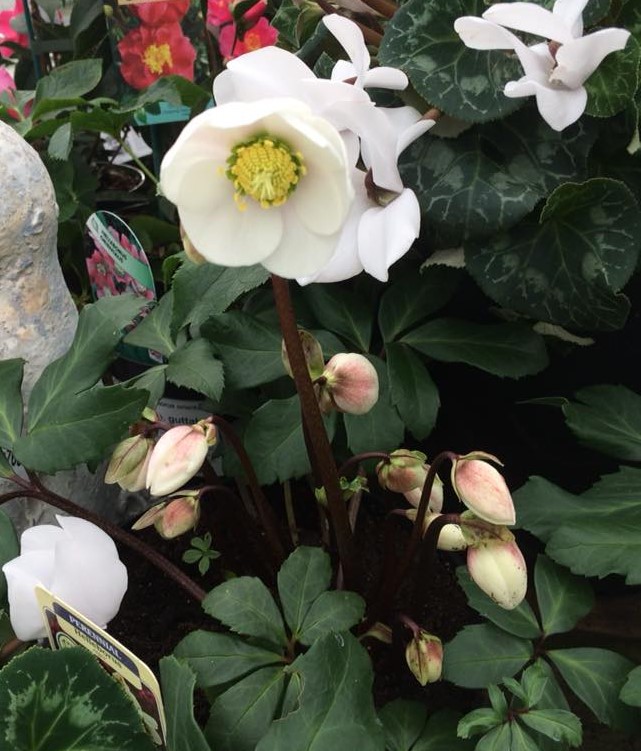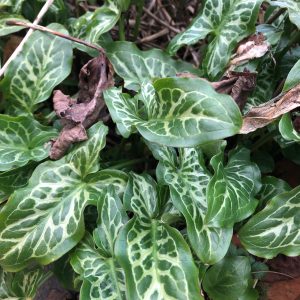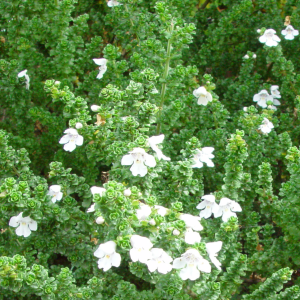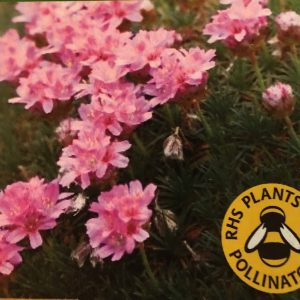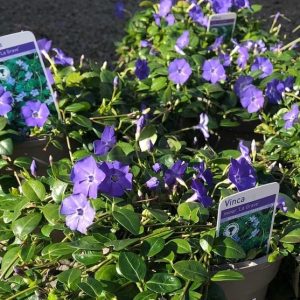Perennials, Baby Range (9cm), Rockery / Small Spaces
Helleborus niger Christmas Carol
£11.99
 Christmas Rose
Christmas Rose
Helleborus niger Christmas Carol is a favourite of many because the petals are round and broad, forming a large, showy flower. They are pure white with golden stamens and a ring of showy nectaries. Another likeable feature is the way the flowers look upwards, showing you their faces, something which is rather unusual in hellebores. A low-growing perennial that typically reaches a height of 8 to 12 inches (20-30 cm). Blooms appear in late winter to early spring, defying the cold with their delicate white petals and contrasting yellow stamens.
SKU: HELEBORUS-CC
Categories: Perennials, Baby Range (9cm), Rockery / Small Spaces
Tags: Cottage garden plant, Evergreen perennial, Perennial Flower, White flowers, Winter interest, Woodland plant
Related products
-
Rated 0 out of 5
Prostanthera cuneata
£11.99 Select options This product has multiple variants. The options may be chosen on the product page -
Rated 0 out of 5
Vinca minor
£9.99 Select options This product has multiple variants. The options may be chosen on the product page

